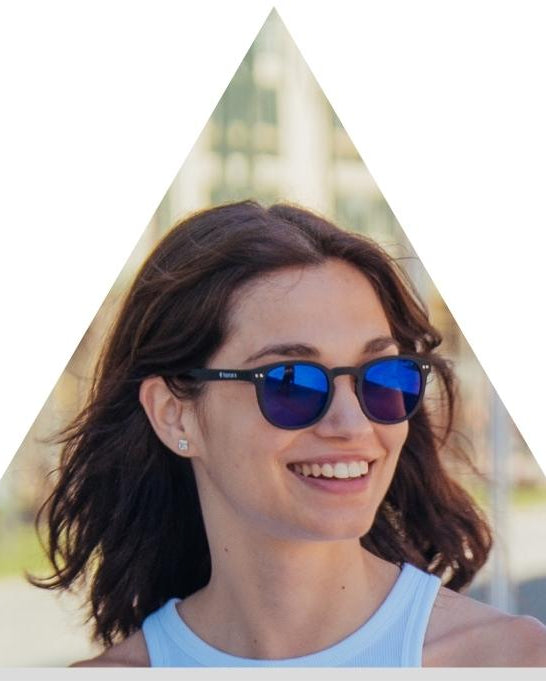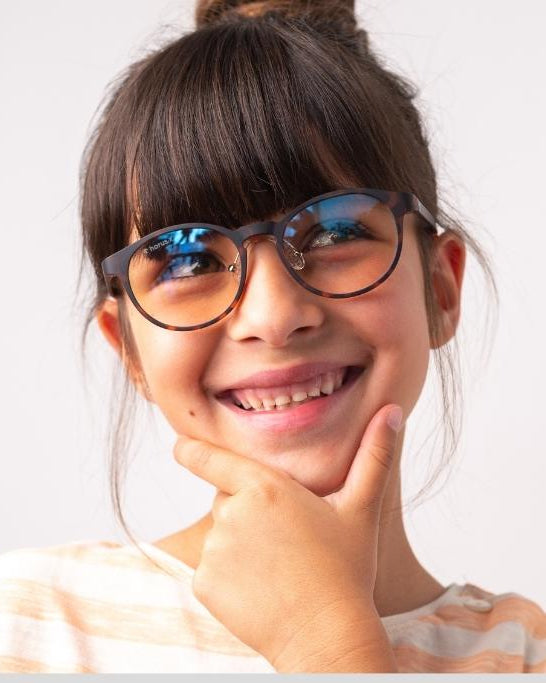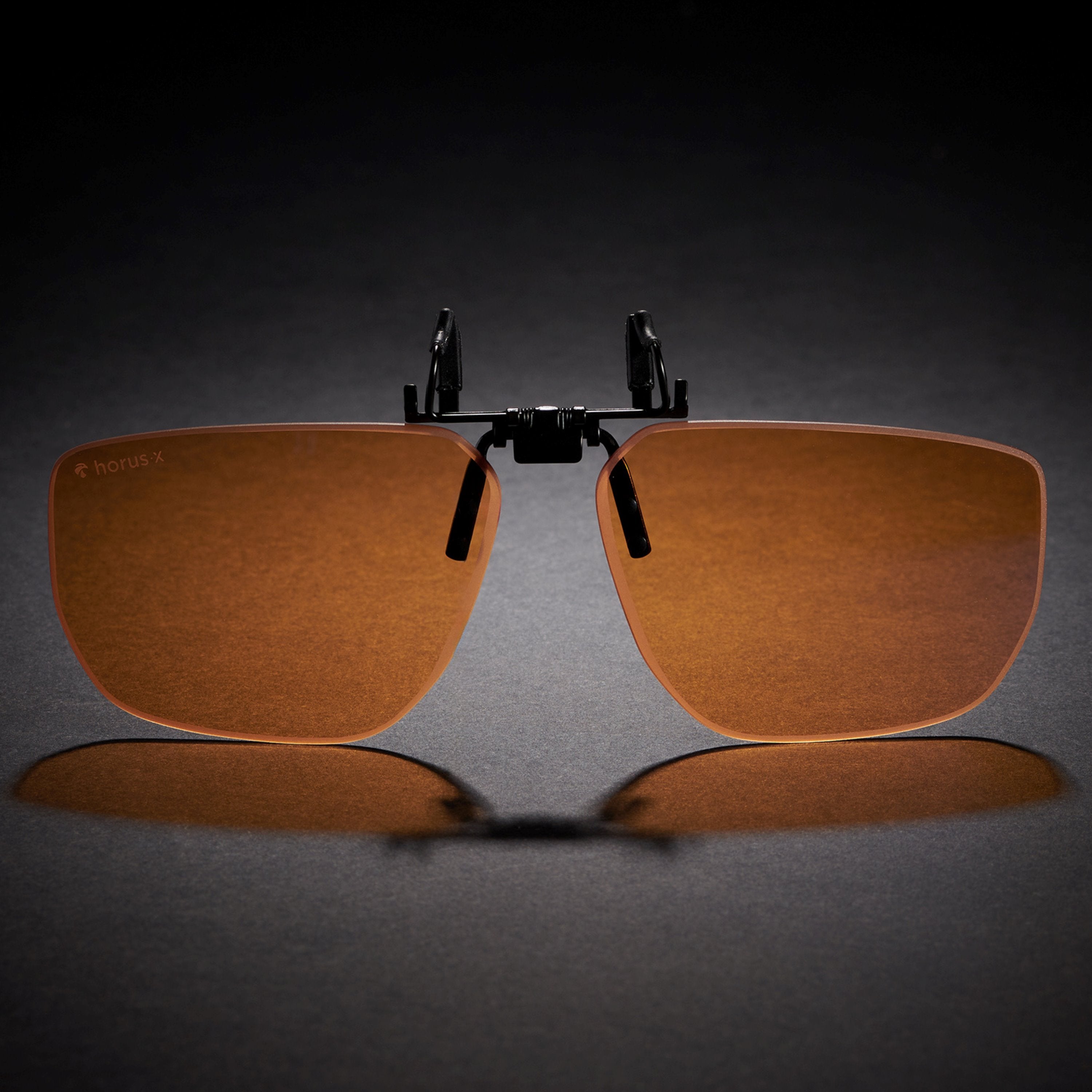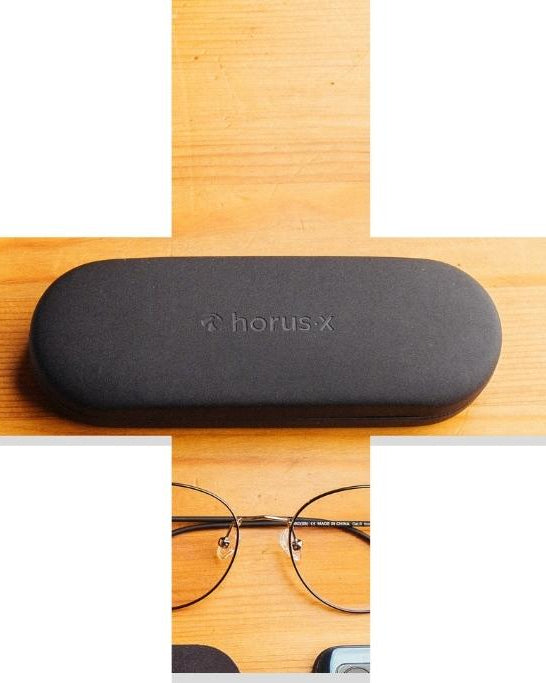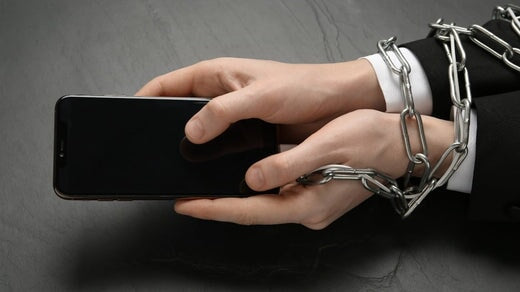The more the years pass, the more the general public is made aware of the dangers of blue light. This is probably your case and it is necessarily interesting to know if the glasses you currently wear, whether they are worn all day, to read or to avoid eye fatigue, offer filtering of blue light or not. Today, you are probably wondering "how do I know if my glasses are blue light blocking?" , and we are obviously here to answer you.
In this article :
- Why protect yourself from blue light
- Check if your glasses are blue light blocking
Reminder of the basics: why is it important to protect yourself from blue light?
Protecting yourself from blue light is important. If you don't know it yet, it's interesting to give a little reminder of what blue light is, first of all because we hear everything and anything.
What exactly is blue light?
To summarize the idea, blue light is part of the light spectrum, between 380 and 500 nanometers. But not all blue light is dangerous , only the "blue-violet" wavelengths between 380 and 450 nanometers are, unlike the blue-turquoise present between 450 and 500. The latter are beneficial to the body and are essential for the regulation of the biological rhythm.
But blue light is not present only in our screens: you may have understood, it is a completely natural light, present around you continuously and sent by the sun itself. even. Obviously , it is the artificial blue light which will be the most dangerous , due to its excessive use.
As far as the harmful part is concerned, anti-blue light glasses and particularly Horus X frames aim to filter them, to prevent the eye from suffering them and to avoid many worries, which we will detail below. .

What are the dangers of blue light?
As we said above, blue light exists in its natural state. It serves in part to regulate our body and our biological rhythm.
When the sun rises, the blue light is part of the signal to your brain that it's time to wake up and get going to face the day. When the sun goes down, your body knows it's time to rest and sleep .
And this is the first danger of that created artificially for our screens: by abusing blue light before bedtime for example, your brain, as efficient as it is (at least as much as that of a Rabbid, for sure ), will think it is still daylight. The result is delayed, disturbed sleep and constant fatigue.
On the other hand, and this is probably the first impact of overexposure to blue light, your eyes will get tired too.
Tingling, red, dry, tired eyes, eyelids that jump or even glare, blurred vision and of course headaches , these are all possible annoyances when you use a screen without any protection for hours.
So we know it's not by playing an hour a day that you're going to be able to nab the best egg in Monster Hunter Stories 2, but we strongly advise you to get gaming glasses . 
Finally, there are also far greater risks. This is something fortunately rare, but too strong and too prolonged exposure to blue light can lead to two particularly virulent problems. The first is a very pronounced lack of concentration.
The second is simply the loss of sight . Let's be honest, it's unlikely to happen to you during a game of Overwatch, but it's important to realize that it exists.
Taking unnecessary risks is by definition useless, so protect yourself.
Check if my glasses are blue light blocking
Ask the builder (optional)
The first thing to do is to ask the brand / manufacturer of your glasses for the filtration data. We don't necessarily always have access to this kind of data, but it can be a quick solution if the company in question gives you this. If you don't want to bother with them, then move on to the next step.
Pass your glasses in front of a white sheet
This is the easiest test, since you really don't need to spend a lot of time doing it. All you need is a white sheet, a wall, a perfectly white piece of furniture or a surface painted with Moondust (if you have a Portal Gun it's handy), and your current glasses.
Once you have all this, you just have to pass your glasses in front of the white surface , very close (being careful not to rub so as not to damage your glasses).
If you see a difference in tint between the sheet and its rendering through your glasses, it means that there is anti-blue light filtering. The more the sheet will be yellowed through your glasses, the stronger the filtering will be. If you are not sure, you can always redo the test with the glasses of a relative for example.
Look at the reflections of your glasses
The anti-blue light treatment applied to lenses can, depending on the intensity, create very conspicuous reflections. Not that they will be visible on a daily basis when you wear the glasses, but rather that they will be if you try to see them.
To do this, it's very simple: approach a source of natural light (at your window or even directly outside), remove your glasses and turn your glasses towards the light . If they filter blue light, you should see blue or purple reflections on your lenses, inside and out.

Go to an optician
If the two solutions given above do not give you satisfaction, if you are still not sure of having your answer or more simply if you have vision problems that do not allow you to carry out these tests, the last solution will be to go to an optician . With frames, you can absolutely ask them to check the filtering of the blue light present on your lenses.
As you know, opticians have machines dedicated to glasses and lenses, so they will be able to confirm this or not. It must be said that even without a machine, they have the job under their skin and will be able to give you your answer at a glance.
Buy a spectrometry machine
If you are really very motivated (and very rich) you can buy yourself a specialized machine to test the light transmittance of your glasses on the specific wavelength 380-450 nanometers.



